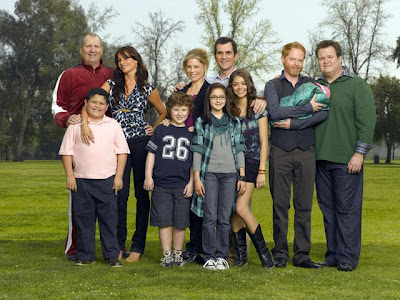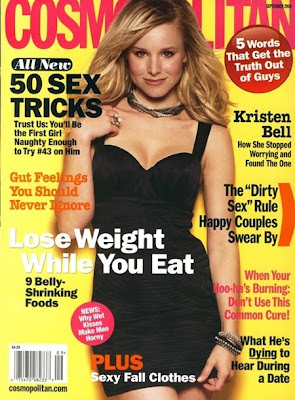i recently read a short article by paul duncum regarding the nature of childhood in
contemporary issues in art education, a collection of essays edited by yvonne gaudelius and peg speirs. in "children never were what they were: perspectives on childhood," duncum actually discusses the child almost not at all, instead focusing on the adult definition of childhood. this seemed like a peculiar angle to approach this topic from, and ultimately he ended up illuminating more about the nature of adults than of children.
an interesting question he did raise compared the imagery our culture creates (and propagates) of children and its multiple audiences. images of children created by children as compared to images of children created by adults (and furthermore, for a child audience or an adult audience) are vastly different. consider historically, the egyptian representation of children as tiny versions of adults with thin elongated limbs (because it was thought to be more beautiful, seen here in akhenaten and nefertiti):

alternatively, consider now how children are depicted in shows geared toward adults, versus how children are depicted in shows geared toward children, especially in interactions/situations with adults as well. when the lovely
ms. jean marie blogged about
modern family, a new abc sitcom examining various family formats and dynamics, my curiosity got the best of me and i watched the first few episodes. they do a fair job of staying true to contemporary child behavior, actually. they still have the prima donna teenage daughter, the misfit middle child, the dennis the menace younger brother, and even a "wise beyond his years" son, ever the voice of reason. the characters are reasonable, though, not over-simplified parodies of humanity:

consider then in comparison,
iCarly, a nickelodeon kids show about a 14 year-old girl who lives with her wacky older brother and runs a wildly popular web show from her house. here, the youth are essentially tiny adults. there are no parents in the picture (they are conveniently overseas somehow), carly is the creator and host of a web show, and the three friends have a weirdly casual relationship with the school principal. the show has many subtle ways of elevating the "children" (really teenagers) to an adult/independent status, to appeal to the child's sensibility of mimicking adult behavior (as christine marme thompson discussed in her article that i
posted about a few weeks ago). this show is also aimed at an even younger audience (think 9-12 year olds) than the characters in it, furthering the disparity between child and adult behavior.

duncum's point seemed to be that our adult definition of childhood is really a manifestation of our own need to assert our adulthood, and that the childhood innocence is virtually non-existent. based on the promotional strategies for toys, television shows, and products for children that are all about appearing/acting more grown-up, i'd say that this definition has to be only part of the equation. clearly the folks in the marketing departments have a pretty clear grasp on what children want out of childhood, for better or worse.
















